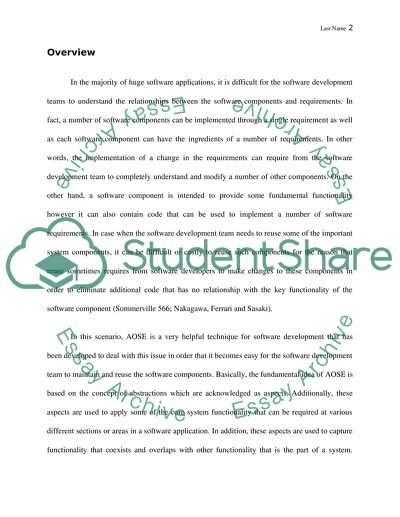Cite this document
(“Aspect-Oriented Software Engineering Research Paper”, n.d.)
Aspect-Oriented Software Engineering Research Paper. Retrieved from https://studentshare.org/information-technology/1487049-aspect-oriented-oftware-engineering
Aspect-Oriented Software Engineering Research Paper. Retrieved from https://studentshare.org/information-technology/1487049-aspect-oriented-oftware-engineering
(Aspect-Oriented Software Engineering Research Paper)
Aspect-Oriented Software Engineering Research Paper. https://studentshare.org/information-technology/1487049-aspect-oriented-oftware-engineering.
Aspect-Oriented Software Engineering Research Paper. https://studentshare.org/information-technology/1487049-aspect-oriented-oftware-engineering.
“Aspect-Oriented Software Engineering Research Paper”, n.d. https://studentshare.org/information-technology/1487049-aspect-oriented-oftware-engineering.


